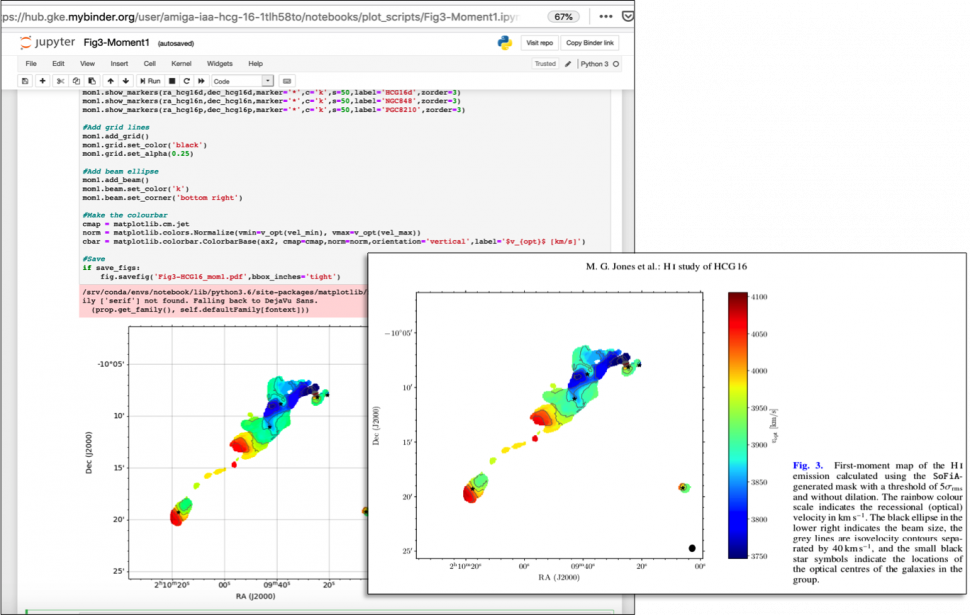Analysis of the interstellar Medium of Isolated GAlaxies
Secular evolution is thought to be a driving factor behind many aspects of galaxy morphology and structure. The challenge is to identify which properties are due to internal secular evolution and which are linked to formative evolution or external influences. Understanding internal mechanisms requires study of samples of isolated galaxies avoiding loose definitions like “the field”, and comparison with matching samples of galaxies from well-defined denser environments. Furthermore, the question of how galaxies sustain the observed star formation rate introduced the need of gas accretion, with the proposed sources being galactic fountain gas, accretion from companions, and accretion from the cosmic web. Full separation of the relative contributions of these three processes is problematic.
For this aim, AMIGA project (Analysis of the interstellar Medium in Isolated GAlaxies) has a special focus on two extreme environments: isolated galaxies and dense compact groups.
Isolated galaxies
AMIGA provides a sample of ~1000 galaxies with strict isolation criteria, i.e., its galaxies have likely not interacted with a significant mass neighbour in the past ~3Gyr. AMIGA multiwavelength studies (data are public via the VO) made clear that the role of nurture has been reduced beyond anything yet achieved. The gas captured from companions and galactic fountain processes is minimised, even when compared with loose groups. This evidenced by their exceptionally low values of properties known to be enhanced by interactions or to be drivers of galactic fountains, such as e.g. level of optical asymmetry, clumpiness and concentration, MIR/FIR luminosity (< 10.5 Lsun), radio-excess above the radio-FIR correlation (0%), rate of AGNs (22%), a lower fraction/more diffuse dense gas, or HI asymmetry (< 20%) are minimized. Additionally, redder colours and larger discs coexist with red pseudobulges (see statistical and individual studies). Therefore, isolated galaxies are the sample where cold gas accretion should stand out the most, and makes AMIGA an ideal target sample for observing cosmic accretion with SKA.
While cosmological cold gas accretion is suspected to maintain SF, HI stripping might inhibit it in dense environments as Hickson Compact Groups (HCGs). HI-VLA observations revealed an intrincate network of HI tails and bridges, tracing pre-processing through extreme tidal interactions. HCGs seem to be evolving from a phase where the gas is located in the galaxy disks, to intermediate cases where the HI is mostly found in the intragroup medium, and finally into a stage where almost no HI is detected. Comparison with high-quality GBT observations has provided evidence for the existence of a diffuse HI component, missed by the VLA, that increases with evolutionary stage, spread over a velocity range of more than 1000 km/s. This suggests that slow evolution of tidal debris may lead to a final stage where the HI becomes faint and extended – hence escaping detection by current interferometers – being returned to the IGM (see published papers). While SKA1 starts observations, further progress can be made through a) studies at complementary wavelengths (see published papers), b) advanced visualization techniques (as the X3D pathway), and c) preparatory work through pathfinders.
From its very begining in 2003 AMIGA has been aware of the need of improving the access to data and tools as a way to ensure the scientific reproducibility. What is now widely now as Open Science. For this reason, in AMIGA fundamental science is complemented with applied e-Science research aiming to support astronomers to cope with the data and computational complexity while doing reproducible science following the FAIR principles. Our commitment with Open Science is reflected in all our technological developments.
